Each May, Noisy Planet joins the American Speech-Language-Hearing Association (ASHA)(link is external), one of our collaborators, in observing Better Hearing and Speech Month.
Noisy Planet celebrates this annual opportunity to raise awareness about communication disorders and hearing health—in particular, the causes and prevention of noise-induced hearing loss. This year’s theme is “Communication Across the Lifespan.” Noisy Planet reminds preteens, parents, and professionals who interact with preteens that hearing loss from noise typically develops slowly over time, so it is important to form healthy hearing habits early.
During Better Hearing and Speech Month, join Noisy Planet in spreading the word about hearing protection with our new educational resources:
Preventing hearing loss promotes lifelong learning, and staying connected to our family, our friends, and our surroundings. Approximately 13 to 18 percent of U.S. teens have signs of possible noise-induced hearing loss, according to a recent study of hearing tests from 1988 to 2010. Although the study showed that the overall prevalence of this form of hearing loss has not changed significantly in the past 22 years, that’s still a lot of teens who are likely to lose some of their hearing over time. In addition, tens of millions of U.S. adults ages 20 to 69 have measurable hearing loss likely due to noise exposure. Children and teens who develop healthy hearing habits early on can take steps to protect their hearing for life!
Noise-induced hearing loss can be prevented by adopting these healthy hearing habits:
- Lower the volume.
- Move away from the noise.
- Wear hearing protectors such as earplugs or earmuffs.
SOURCE:
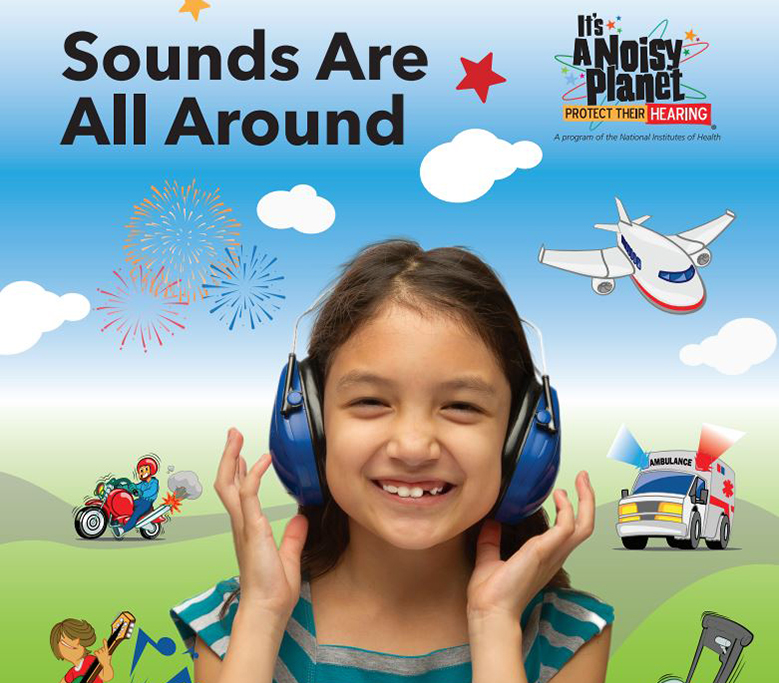
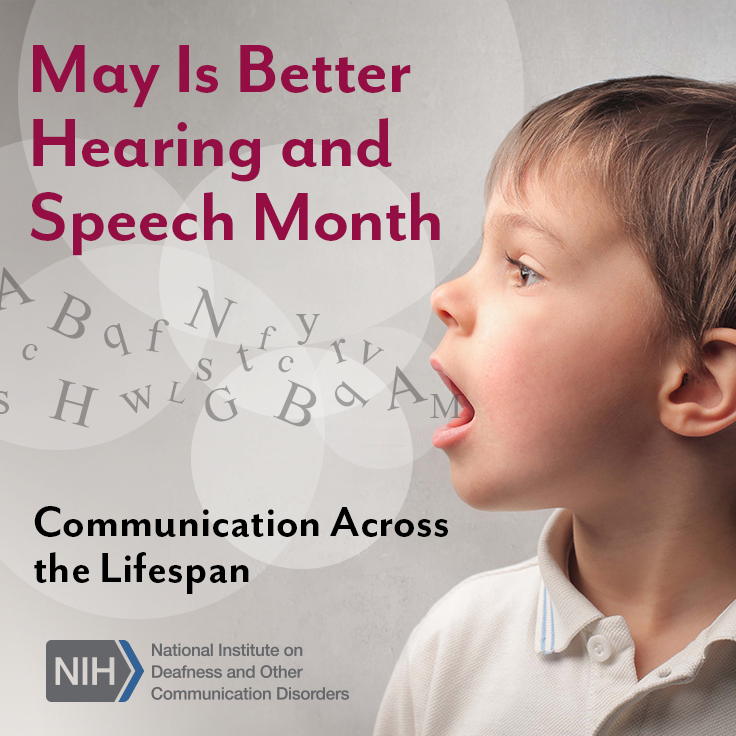
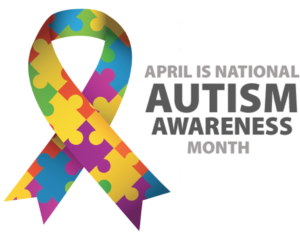 April is World Autism Month, an annual opportunity for a dedicated conversation about autism spectrum disorder. Autism touches more than 70 million people globally. Approximately 1 in 66 children and youth are diagnosed with Autism Spectrum Disorder in Canada and this number continues to grow.
April is World Autism Month, an annual opportunity for a dedicated conversation about autism spectrum disorder. Autism touches more than 70 million people globally. Approximately 1 in 66 children and youth are diagnosed with Autism Spectrum Disorder in Canada and this number continues to grow.



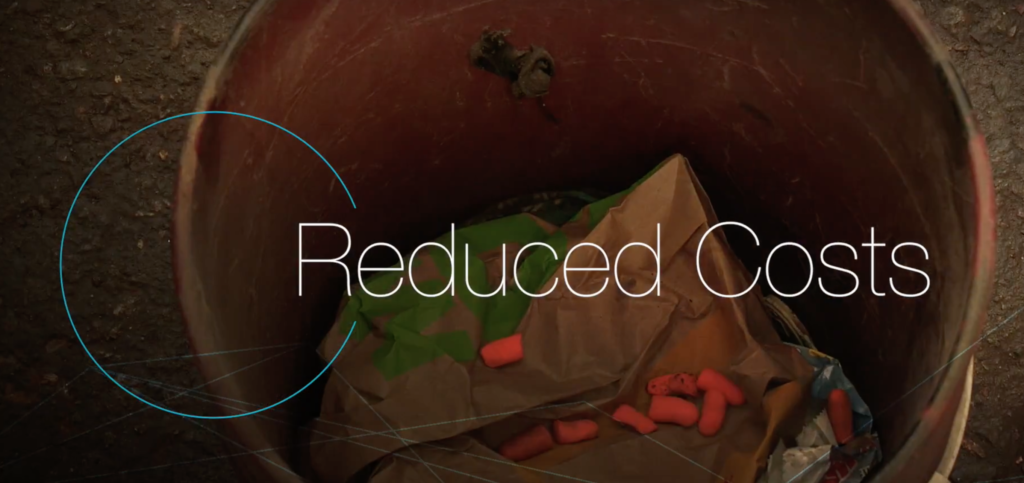
 cords for seamless integration with many radios while conserving hearing.The dB Blocker™ Convertible Non-Vented Offers the same hearing protection as the dB Blocker™ Classic Non-Vented but has a removable cord. It is particularly suited for industrial applications where there is high air movement (wind noise) which may cause a whistle in the vent.
cords for seamless integration with many radios while conserving hearing.The dB Blocker™ Convertible Non-Vented Offers the same hearing protection as the dB Blocker™ Classic Non-Vented but has a removable cord. It is particularly suited for industrial applications where there is high air movement (wind noise) which may cause a whistle in the vent.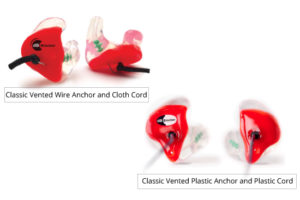











 more.
more.